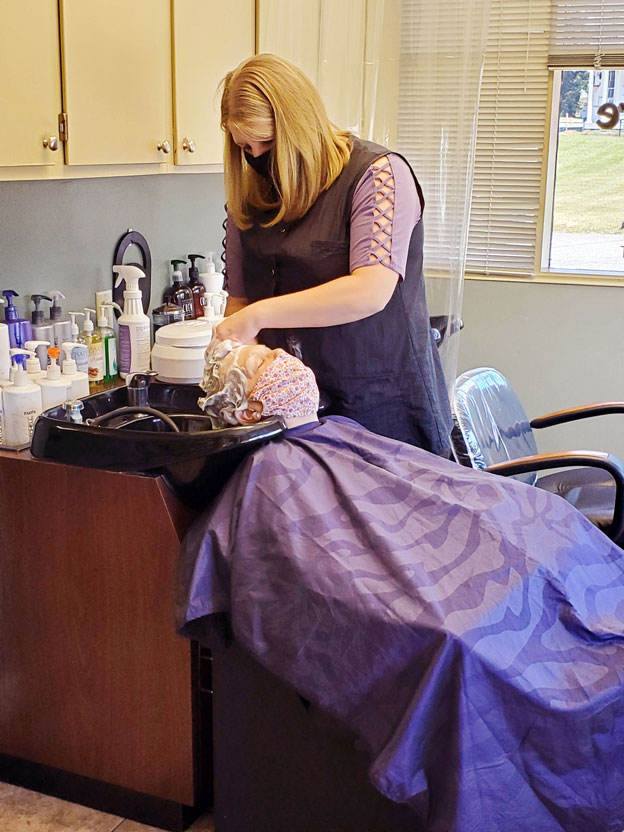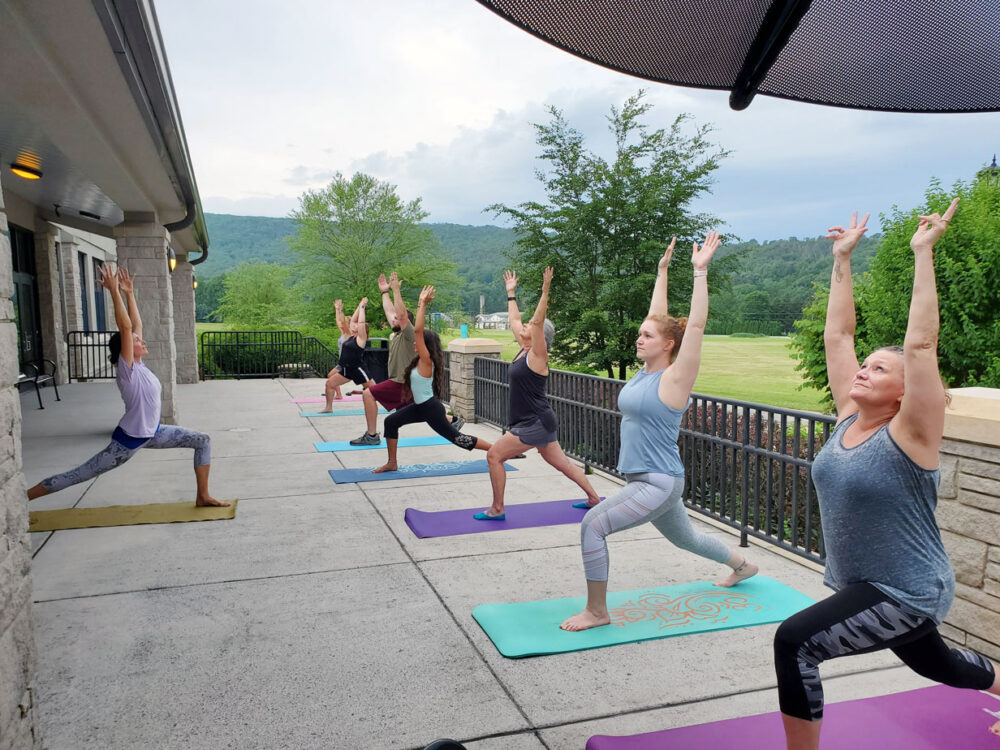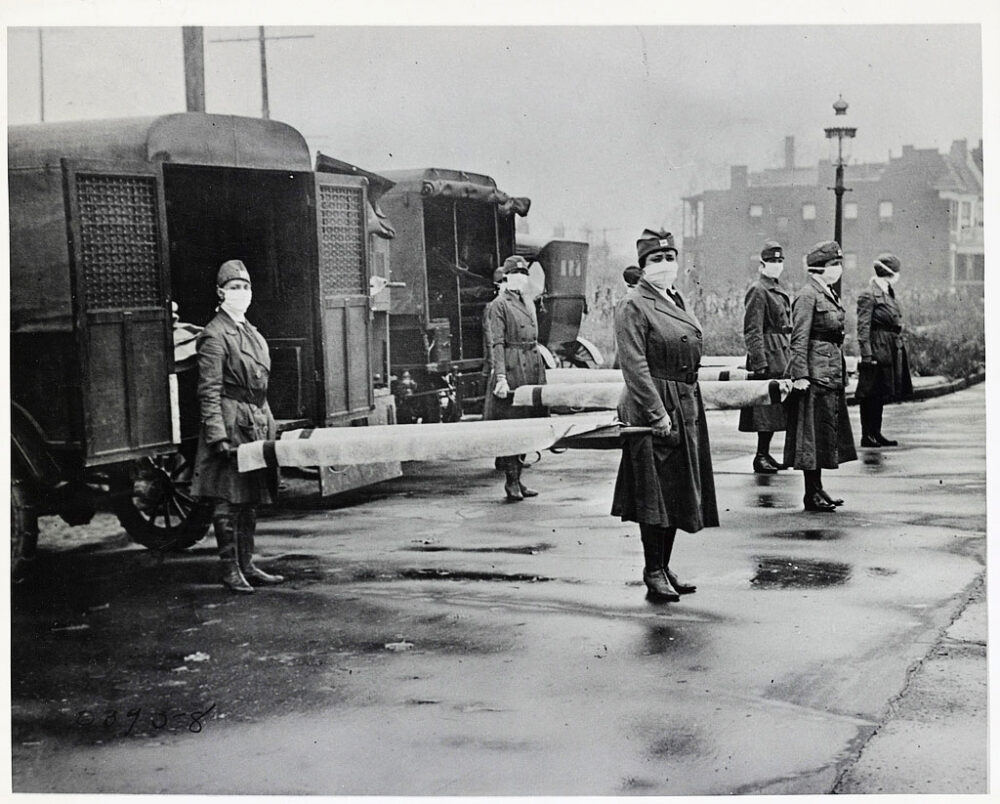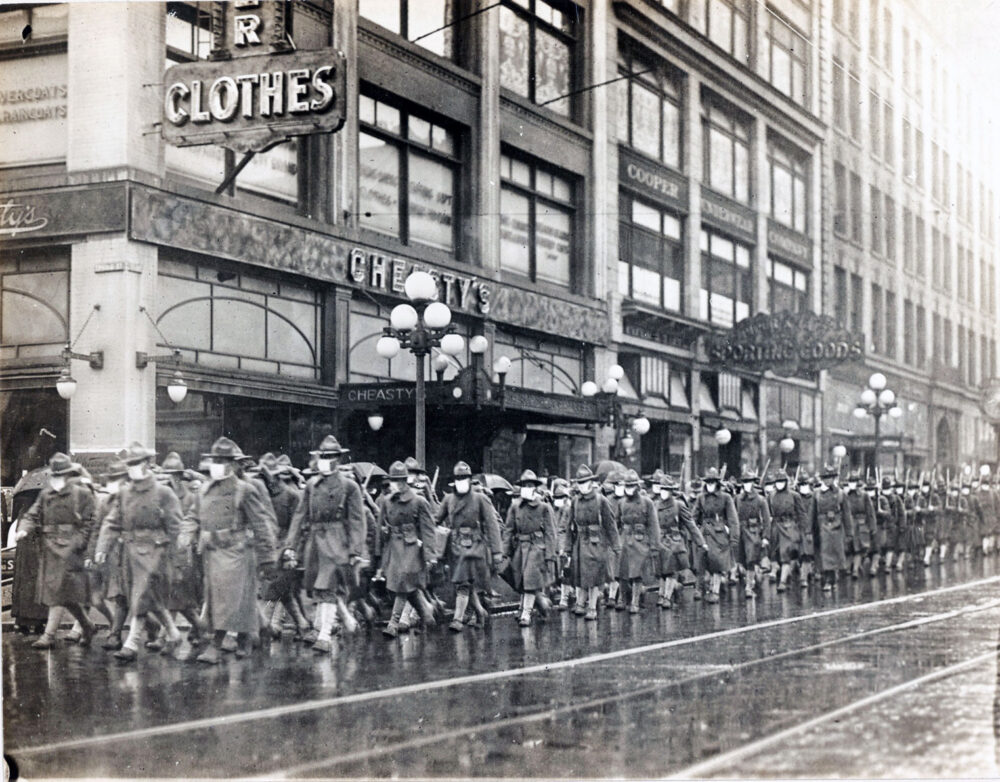James Rada, Jr.
Thurmont Commissioner Marty Burns entered politics when he was elected as a Thurmont Town Commissioner in 1999. In August, the Maryland Municipal League recognized his 21 years as an elected official in Thurmont by inducting him into the MML Elected Official Hall of Fame.
The announcement came at the end of the town meeting on August 4. Inductions are usually made during the MML annual conference in Ocean City, but because this year’s conference was virtual due to COVID-19, the certificate was sent to the town office.
Mayor John Kinnaird nominated Burns for the honor and read the certificate into the record. At one point when Kinnaird said Marty was being recognized for his “long, exemplary service,” Burns jokingly asked, “Can you say that one more time?” Kinnaird replied, “Exemplary? That’s a typo.”
The back and forth joking and banter among everyone present showed not only how well the board of commissioners get along now—which at times during the past 20 years could get contentious—but that everyone present felt Burns deserving of the honor.
Former MML President Jake Romanell said that Burns receiving the honor shows, “Marty loves Thurmont, its residents, and his neighbors.”
Burns served two years as commissioner before serving three terms (12 years) as mayor. He has served as commissioner for the last seven years.
Frederick County Executive Jan Gardner also proclaimed August 4, 2020, as Martin Burns Day. In her proclamation, she noted some of the things Burns has accomplished during his time as an elected official, including creating the Charter Review Committee, overseeing a new town charter, getting a new police station built, helping the town become a Main Street Maryland Community, and forming the Thurmont Addictions Committee. Some of the people in attendance, including Mayor Kinnaird and Commissioner Bill Buehrer, pointed out that Burns was the person who pushed them to run for office.
As commissioners and audience members came forward to speak about Burns, jokes were made about his tendency to speak at length and to use Pentagon jargon, but they all praised his goal as trying to do what is best for Thurmont.
“You always have the best interests of our community at heart,” Kinnaird said.
“You certainly add balance to this dais and this board,” Commissioner Wes Hamrick told Burns.
Burns thanked his family for the sacrifices they had made to allow him the time to serve. He also said that his current term would be his last. He said it has been rewarding to serve on the board but also a burden because he has always tried to do the right thing. He thanked the residents of Thurmont for allowing him that opportunity.
“You saw through my flaws, saw all the bad parts of me, and still said, we want that person on the board,” Burns said.
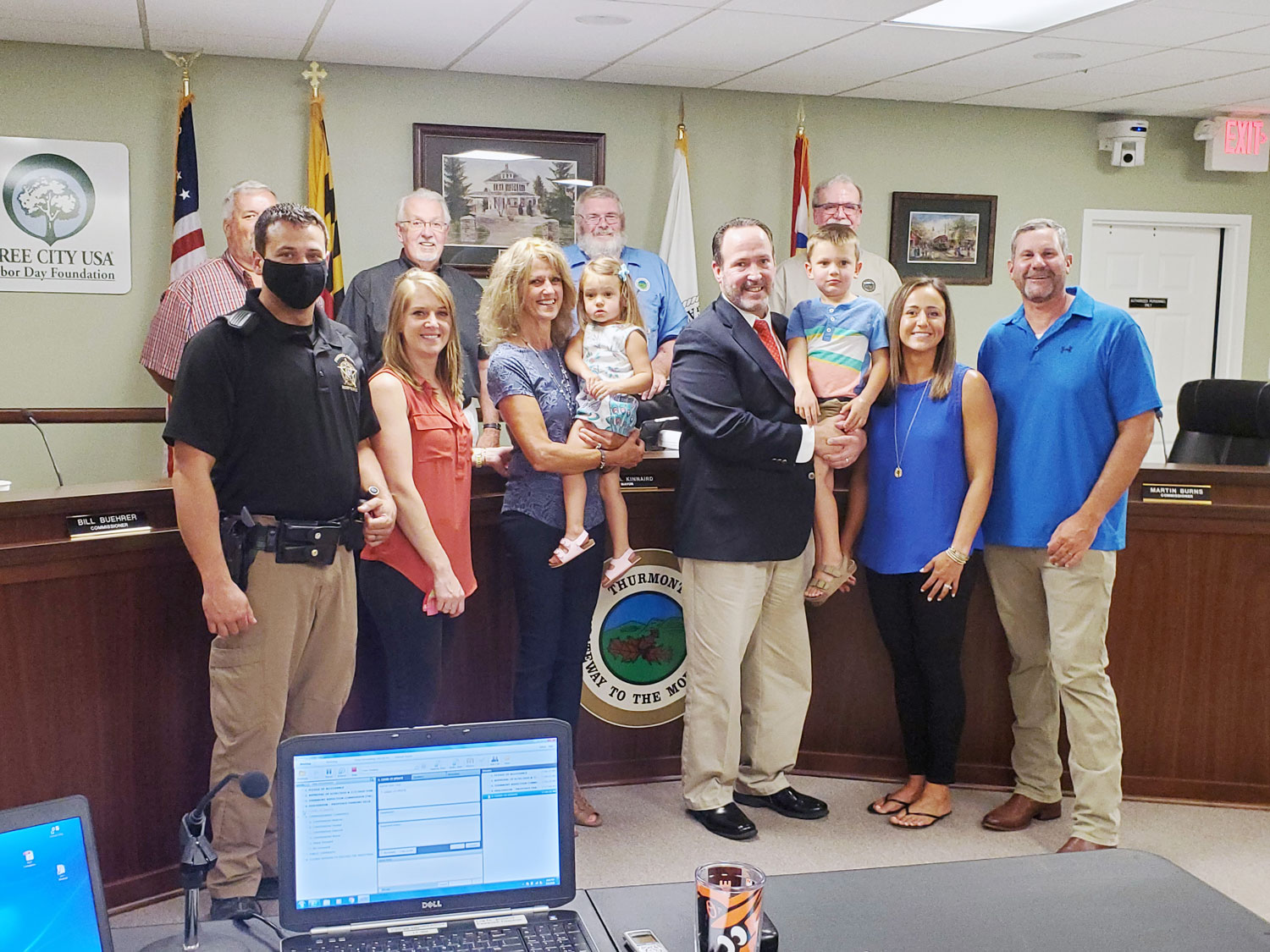
Marty Burns, his family, and the commissioners are shown on August 4, Martin Burns Day in Frederick County.


